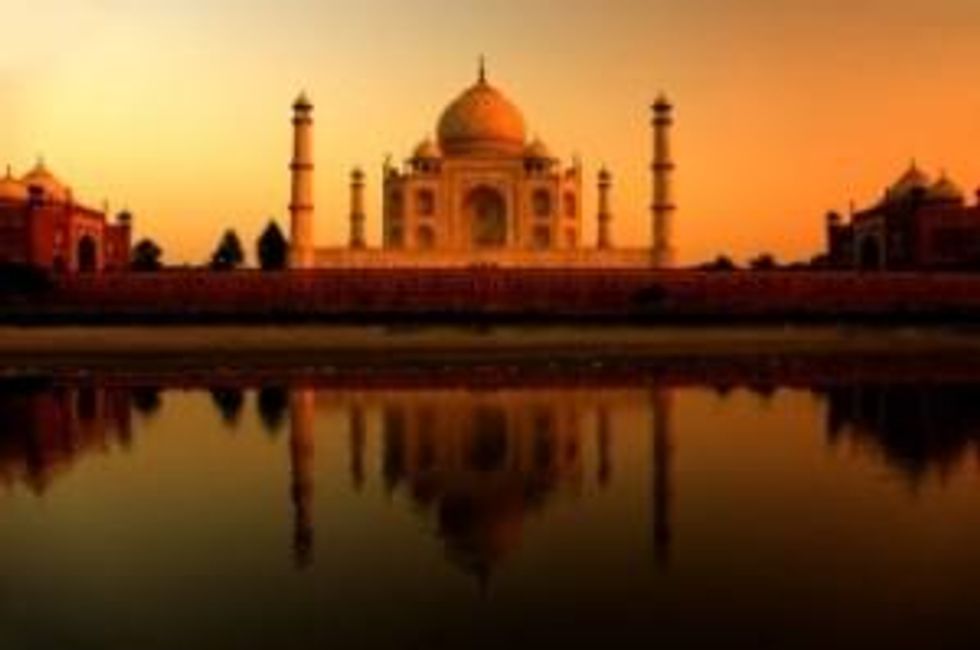A new paper from researchers at India’s National Geophysical Research Institute indicates that Southeast India may be home to diamonds.
Last month, the big news from India was that a weak rupee, coupled with low gold prices, was pushing the country’s typically gold-hungry consumers away from the yellow metal and toward diamonds.
Now, more news about India is hitting the wires, this time from the country’s National Geophysical Research Institute. The occasion? Researchers there have discovered that Southeast India may be home to an abundance of the precious gems.
The right ingredients
In a paper published in this month’s issue of Lithosphere, a peer-reviewed journal from the Geological Society of America, the researchers explain that they unexpectedly discovered kimberlites and lamprosites, the carrier rocks that transport diamonds to the Earth’s surface, in Southeast India when conducting an unrelated geological survey. Such rocks are normally difficult to find and, intrigued, the group began work on what eventually became a “reconnaissance technique that can be deployed as a quick-search tool over large areas.”
To do so, they used their knowledge of how diamonds are formed. Explaining that process, a LiveScience article notes that diamonds are created under “extremely high temperatures and pressures found only in the deepest depths of the Earth’s lithosphere” — at lower temperatures and pressures, graphite, not diamonds, is formed.
While previous studies based on seismic data indicate that the lithosphere is thin underneath Southeast India, LiveScience states that the team’s reanalysis of the data shows that in fact an area of 2.5 by 105 square kilometers “reaches down far enough to facilitate diamond growth.”
What’s next?
At least two geologists seem confident that the news will eventually entice diamond miners to India.
For instance, Das Sharma, one of the paper’s authors, believes that “[d]iamond mining could become viable once an appropriate mining strategy is worked out,” as per LiveScience. Similarly, Alan Jones, a geologist at Ireland’s Dublin Institute for Advanced Studies who was not involved with the study, told the publication, “[t]his has really cleared up this Indian lithosphere issue. In terms of global impact, I would say the paper is on part of the cutting edge along with other people’s work.”
In the meantime, the team plans to pass the paper’s results on to the Indian government and continue developing its research methods.
Securities Disclosure: I, Charlotte McLeod, hold no direct investment interest in any company mentioned in this article.
Related reading:
